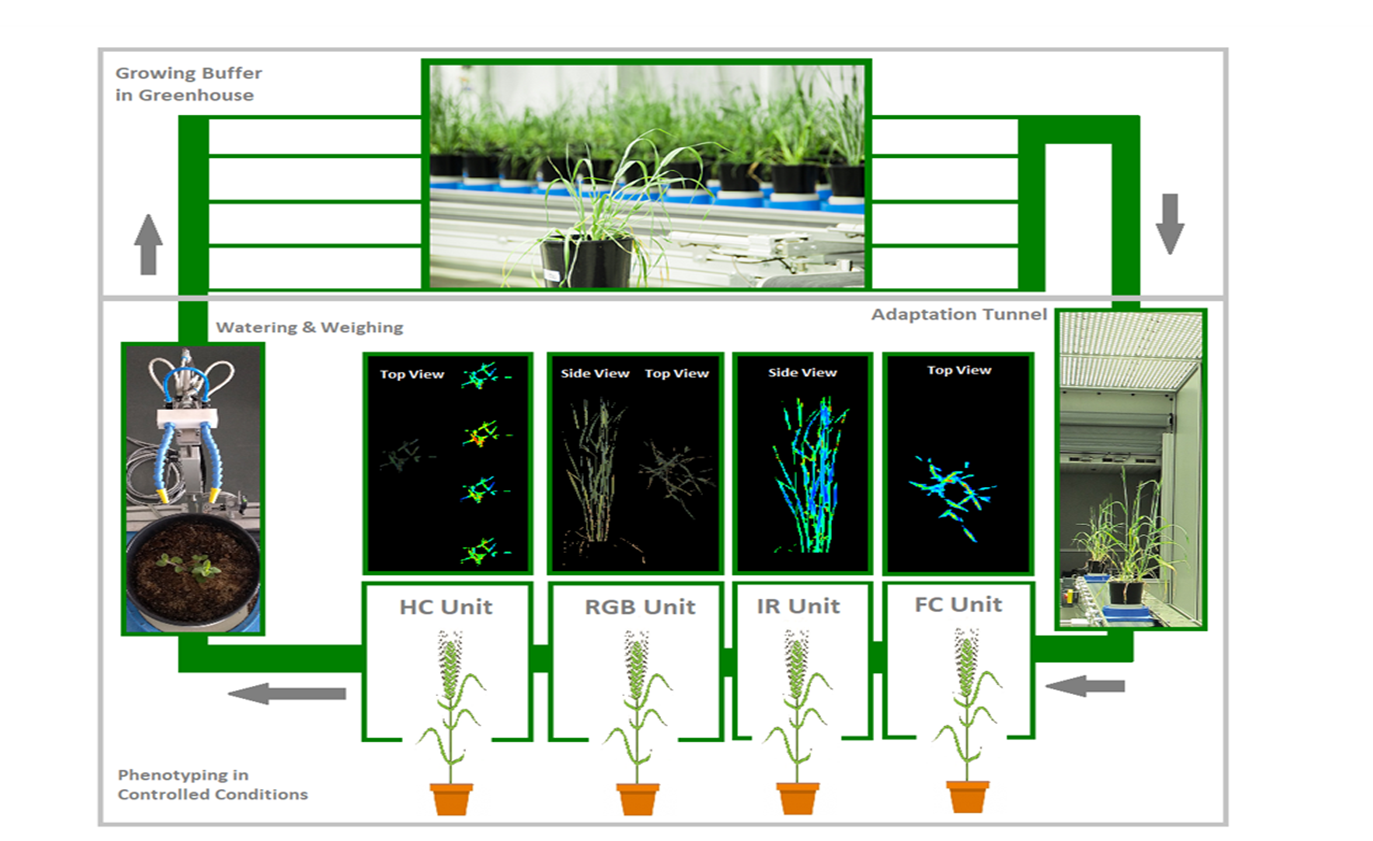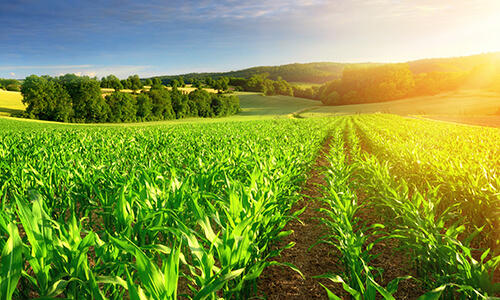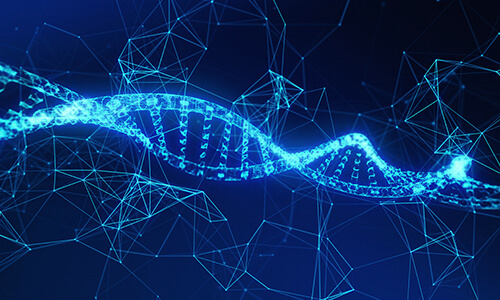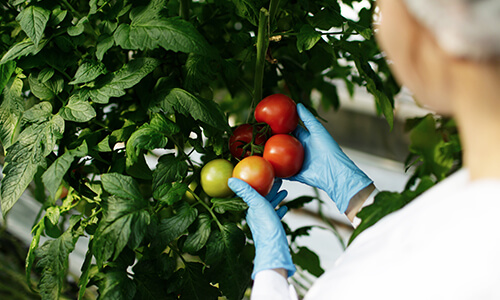The characteristics of plants
A plant phenotype represents the observable characteristics of how a plant looks and functions. This is determined by the way gene expression (genotype) is influenced by the environment. In the case of crops this includes farming practices (agronomy).
Research work already indicates there is large variation for photosynthetic traits in natural populations, and this is genetically determined. Recently phenotyping tools have become available that can be used with modern genotyping to help unravel the genetics of photosynthesis and efficiently exploit this variation.
CAPITALISE will exploit natural variation in plants to develop crop breeding tools to enhance photosynthesis. We will search for variation connected with the key traits on populations of model crop plants (barley, maize, tomato) to:
support the selection of interesting candidate lines/accessions for further detailed analyses
provide the phenotypic data needed for candidate and causal gene identification
provide input into computational modelling approaches

HC Unit
Imaging: Hyperspectral
What we measure: Pigment content Chlorophyll a/b ratio Water content Nitrogen status
What this tells us: A wide rande of light spectrum is used to visualise reflective changes on the leaf and celular level that can be correlated with various physiological conditions
RGB Unit
Imaging: 2D and 3D Visible light
What we measure: Plant growth dynamics Plant/leaf architecture
What this tells us: Morphological and developmental analysis
IR Unit
Imaging: Thermal
What we measure: Leaf temperature
What this tells us: To assess plant responses to heat and water deprivation
FC Unit
Imaging: Chlorophyll Fluorescence
What we measure: Photosystem II parameters
What this tells us: Indicator of plant photosynthetic performance
To identify natural variation of the target traits in large populations (up to 2 000 individuals), the CAPITALISE team will develop an innovative high-throughput phenotyping (HTP) programme using established and newly adapted phenotyping techniques. These will include novel procedures to phenotype photosynthetic traits that so far have not been amenable to high-throughput automated measurement. This will:
advance the state-of-the art in phenotyping
provide knowledge base of phenotypic diversity of photosynthetic traits important to an advanced non-gm crop breeding programme
improve and speed up screening that should drive down crop development times
Read more about

Photosynthesis

Calvin Benson cycle

Kinetics

Tuning Chl

Data modelling
